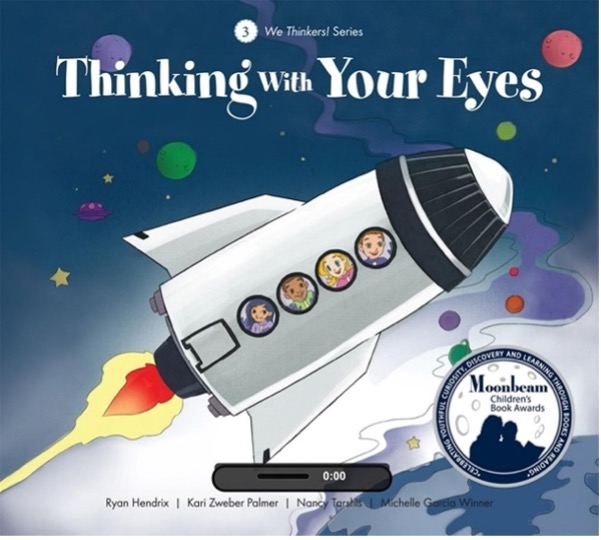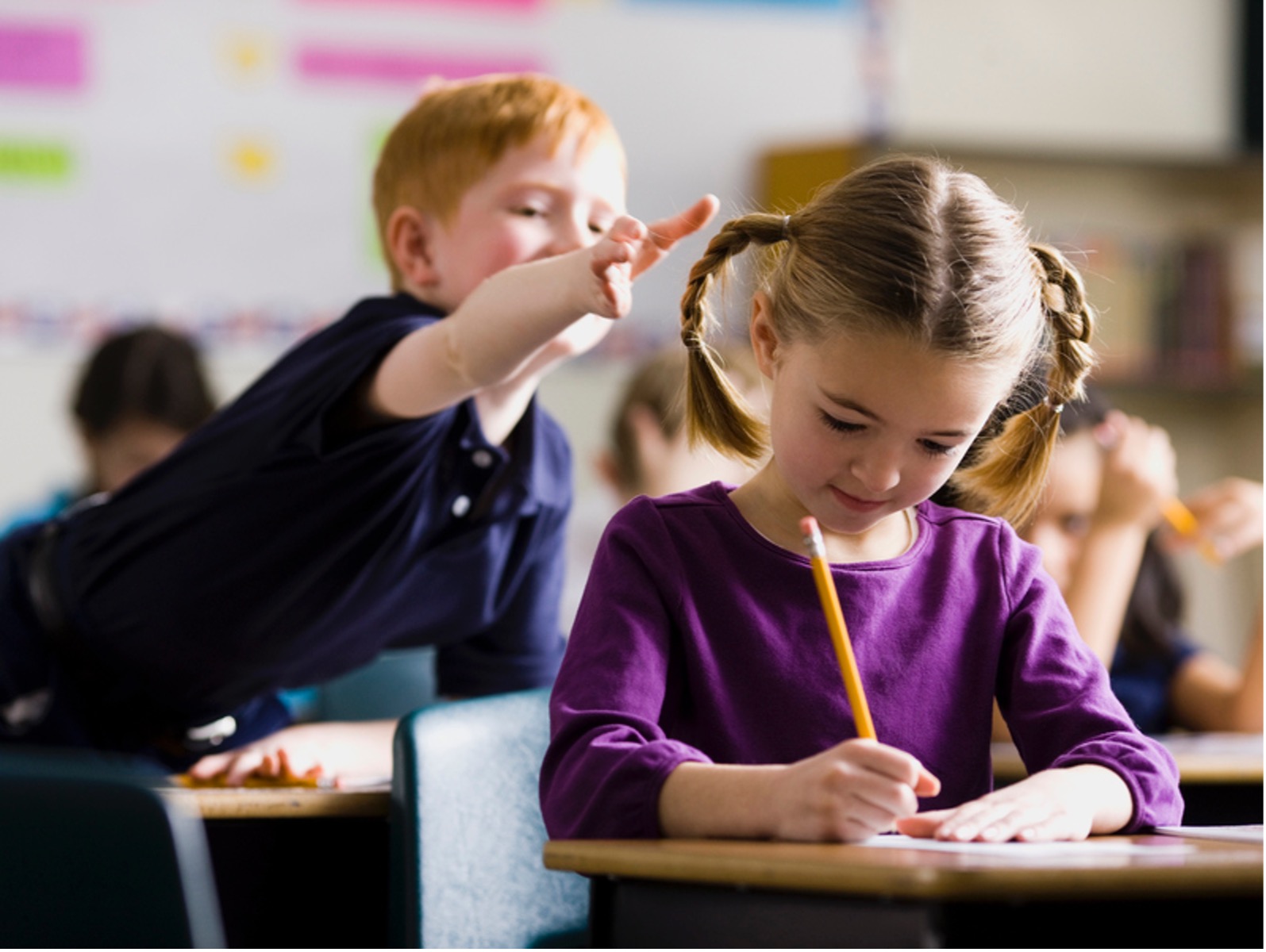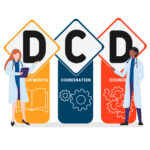
Social Thinking is a framework developed by speech language pathologist, Michelle Garcia Winner, to teach individuals to use a cognitive and problem-solving approach to learn about social emotional skills. The framework considers each individual’s stage of development, language level, and problem-solving abilities to determine the appropriate tools, strategies, and activities to foster social learning. The techniques used in the Social Thinking framework are aimed at individuals aged four and older with near average to above average language and cognitive skills. The Social Thinking tools and strategies were developed for individuals with social learning difficulties regardless of diagnosis but are commonly used with individuals with autism spectrum disorder (ASD), ADHD, learning disabilities, and social communication disorder. The concepts described as well as articles, books, and other useful resources can be found on socialthinking.com.
10 Fundamental Concepts of Social Thinking
1. Thoughts and Feelings
The first concept taught to children in the Social Thinking framework is the idea that everyone an individual encounters has thoughts and feelings. Every other concept in Social Thinking is linked to this concept. This is similar to the concept of “theory of mind,” which is the ability to understand that the thoughts and feelings of others are separate and different from your own. Theory of mind develops around ages 4-5 in typically developing children. As a child learns about ‘Thoughts and Feelings,’ the Social Thinking framework also teaches about emotional regulation. One curriculum used to teach children emotional regulation skills is The Zones of Regulation.

2. Thinking with Your Eyes
The second concept involves teaching children to “think with their eyes.” This Social Thinking concept encourages children to observe their environment and the people around them to figure out what is happening in social situations. Observing people and thinking about what they observe (e.g. facial expressions and body language) leads children to consider what others might be thinking or feeling. Once a child understands what a person is thinking or feeling, they are better able to respond to the person and situation.

3. The Group Plan
The third concept involves teaching children about being part of a group and cooperating with others. One important aspect of being part of a group is figuring out the “group plan.” Children are also taught to figure out their role in the group. Children must attend to their surroundings, interpret the social situation, and problem-solve In order to determine the group’s intention and their expected role.

4. Body in the Group
The fourth concept involves learning about how being physically present in a group may be interpreted by other group members. The group makes inferences about each person’s intentions based on their physical proximity to the group. For example, when an individual is standing or sitting with a group, the group members will infer that this individual wants to be included in the conversation or activity. When an individual is standing by themselves away from the group, the group members will infer that the individual does not want to be involved in their group.
5. Whole Body Listening
The fifth concept involves teaching children how to improve their listening skills and communicate with their body language to show others that they are listening. Within the Social Learning framework, the term “whole body listening” is used with younger children but “active listening” can be used to explain the same concept to older children, teens, and adults. Some examples of how to “listen” with your body are to look at the speaker (using your eyes) and face toward the speaker (using your torso).

6. Expected & Unexpected Behavior
The sixth concept involves teaching children how to figure out whether behaviors are “expected” or “unexpected” based on social norms in specific contexts. This process involves the child observing the context in which a behavior is occurring (examining the situation and making inferences about the people in the situation). After determining the context, the child figures out the social norms (hidden rules) in the specific situation; the child may have already learned the hidden rules involved in a specific situation or may be able to figure them out by “thinking with their eyes” or asking an adult for help. The hidden rules of the situation will help the child determine which behaviors are “expected behaviors” vs. “unexpected behaviors.” Expected behaviors are any behaviors that allow an individual (and others) to engage attentively as planned in a specific context. Unexpected behaviors are the opposite of expected behaviors; these behaviors keep an individual (and/or others) from engaging attentively as planned in that context.

7. Smart Guess
The seventh concept involves teaching children about “smart guesses” vs. “wacky guesses.” Smart guesses are made by using what you know to make an inference about a situation. Wacky guesses are made when a person does not know enough about a situation to make a smart guess. The Social Learning concepts build on each other, so while many of the previous concepts require individuals to make “smart guesses,” learning about the earlier concepts first also teaches individuals how to make “smart guesses” using observation, problem-solving skills, and social knowledge.
8. Flexible & Stuck Thinking
The eighth concept involves teaching children about “flexible” and “stuck” thinking. Flexible thinking relies on a cognitive skill called executive functioning. Executive functioning allows an individual to control the rest of their cognitive skills including the ability to self-regulate. In order to develop strong social skills, one must use flexible thinking when interpreting and responding to social situations. When an individual uses “stuck thinking” they are less likely to take other’s thoughts and feelings into consideration and group plans are less likely to be achieved.

9. Size of the Problem
The ninth concept involves teaching children to relate the “size of the problem” to the “size of their emotional reaction.” Under the Social Thinking framework, when a problem occurs, the child should be taught that problems can be categorized into “small,” “medium,” and “big” problems. A small problem is one that can be solved by the child themselves. A medium problem requires help from an adult, while a big problem is one that adults need help from other adults to solve. The child is also taught the emotions that correspond to the size of the problem. For example, a small problem is expected to lead to less intense emotions than a medium or big problem.

10. Sharing an Imagination
The tenth concept involves teaching children to relate to others by imagining other’s thoughts, emotions, and experiences as well as sharing their own. One’s “singular imagination” involves all the thoughts, feelings, and creative concepts held in one’s internal world. Some individuals struggle to share an imagination which means that they have trouble understanding or relating to another person’s internal thoughts, emotions, and experiences. Learning how to share an imagination helps individuals engage in meaningful conversations that allow strong social connections to develop.
Highlighted Curriculum: The Zones of Regulation:
The Zones of Regulation is a curriculum adopted by the Social Thinking framework that was developed by occupational therapist Leah Kuypers. This curriculum divides all the emotions, feelings, and levels of alertness children experience into four colored categories: blue zone, green zone, yellow zone, and red zone.

Blue Zone: low alertness level and low feelings; feelings may be described as unhappy, sick, sleepy, or bored.
Green Zone: calm feelings and level of alertness; feelings may be described as happy, focused, relaxed, ready to learn.
Yellow Zone: elevated emotions and heightened alertness level; feelings may be described as frustrated, nervous, excited, or stressed.
Red Zone: very heightened alertness level and intense emotions; feelings may be described as angry, terrified, or devastated.
The Zones of Regulation curriculum teaches children to be mindful of their emotions and provides useful techniques for children to learn emotional regulation. Emotional regulation is explained in terms of staying within a certain zone or moving “between the zones.”






